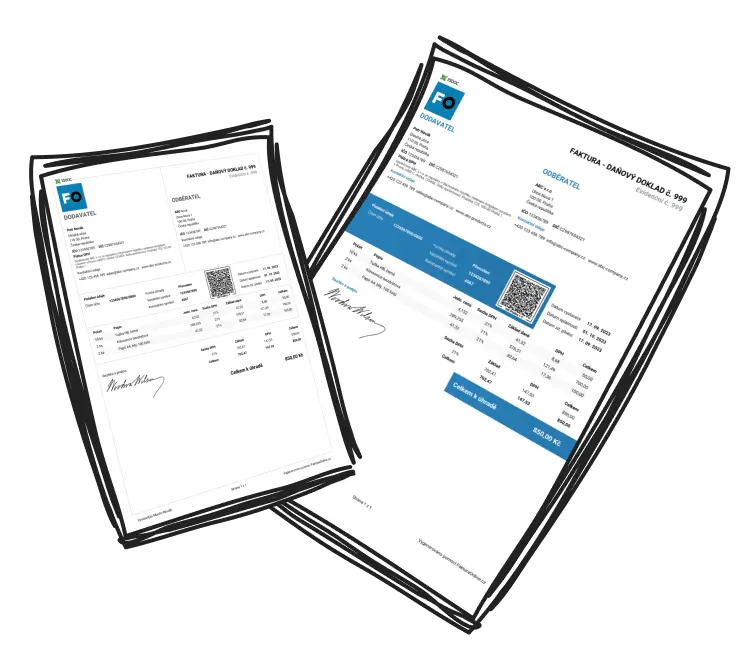Understanding the consumer behavior decision-making process is crucial, as it determines how individuals decide what to buy and why in their everyday purchasing activities. The consumer behavior decision-making process takes into account emotional, cultural, and personal preferences as well as practical considerations like cost and quality.
Understanding this process allows businesses to predict behaviors, craft targeted marketing campaigns, and tailor strategies to meet consumer needs. By aligning marketing efforts with this journey, businesses can build loyalty and long-term customer relationships.
Aligning marketing strategies with the consumer decision-making process helps businesses create emotional connections and increase customer loyalty.
What Are the Stages of the Consumer Behavior Decision-Making Process?
Understanding the consumer behavior decision-making process begins by examining the steps consumers take, from identifying a need to assessing post-purchase satisfaction. Consumers generally move through five distinct stages:
-
Problem/Need Recognition:
This is where consumers identify a need or problem, triggered by either internal causes (like hunger) or external stimuli (like advertisements). For example, seeing an ad for running shoes might make someone realize their current pair is worn out.
-
Information Search:
Once the need is clear, consumers actively look for information to solve their problem. They consult online reviews, recommendations, or product details. Someone shopping for running shoes might compare reviews online and ask friends for recommendations.
-
Evaluation of Alternatives:
In the evaluation of alternatives stage of the consumer behavior decision-making process, a consumer might compare running shoe brands, assessing factors like comfort and design to select the best fit for their needs.
-
Purchase Decision:
This is the moment of action, where the consumer decides to make a purchase. Offers like discounts or free shipping can tip the scale at this stage.
-
Post-Purchase Behavior:
After the purchase, the consumer assesses whether the product met their expectations. A satisfied customer might become loyal to the brand, while a disappointed one may leave a negative review or request a refund.

Tip
To identify the problem/need recognition stage, businesses should track triggers that prompt their audience to consider a product or service (e.g., social media trends or emerging needs) and leverage those in marketing campaigns.
How Can Businesses Influence the Consumer Behavior Decision-Making Process?
What if you could nudge your customers toward choosing your product at every stage of their buying journey? Businesses can effectively shape the consumer behavior decision-making process using targeted strategies for each stage:
-
Need Recognition:
Use advertising, social proof, and storytelling to highlight problems your product solves. For example, skincare brands often emphasize specific skin issues (like dryness) to create awareness of their solutions.
-
Information Search:
Increase visibility through SEO, paid ads, educational blogs, and positive customer reviews. Ensure potential customers find your product easily when searching for solutions.
-
Evaluation of Alternatives:
Offer tools such as side-by-side product comparisons, free trials, or testimonials to help consumers see the unique benefits of your offering. Trust-building content like customer stories goes a long way here.
-
Purchase Decision:
Simplify the purchasing experience by offering incentives such as discounts, fast checkout processes, or flexible payment options. A clear sales funnel without friction encourages conversions.
-
Post-Purchase Behavior:
Reinforce customer delight through personalized follow-ups, loyalty programs, and responsive customer service. For instance, thank-you emails or resolving complaints quickly boosts satisfaction.

Practical Examples Highlight
During the evaluation stage, providing detailed comparisons instills trust.
At the purchase stage, free shipping and time-sensitive discounts create urgency to convert.
Why Is Understanding the Consumer Behavior Decision-Making Process Important?
Businesses that understand their customers win. Are you one of them? Recognizing consumer behaviors ensures businesses can craft marketing strategies that align with both psychological and emotional triggers. This directly leads to better customer satisfaction, increased conversions, and stronger retention.
By knowing which stage a consumer is in, companies can offer tailored content—such as informational blogs for the research stage and promotions at the purchase stage. This knowledge also helps identify pain points, enabling improved products and experiences for lasting customer loyalty.
What Factors Impact the Consumer Behavior Decision-Making Process?
Consumers don’t operate in a vacuum. What internal and external forces drive their decisions? The following factors heavily shape consumer behaviors:
-
Internal Factors:
Motivation: Needs or desires (e.g., health, status) drive decisions.
Personality & Attitudes: These influence how consumers perceive value.
Perception: How consumers view risks and benefits impacts choices.
Lifestyle: Busy lifestyles may prioritize convenience in products.
-
External Factors:
Culture & Traditions: Cultural beliefs shape preferences, such as opting for sustainable products.
Social Influence: Peer recommendations or trends matter.
Economic Conditions: During tough times, affordability takes precedence.
Technology & Marketing: Ads, social media, and influencer recommendations play pivotal roles.
-
Situational Factors:
Decisions can change based on timing (e.g., holiday sales).
Internal factors focus on personal traits and desires, while external factors encompass societal and external pressures influencing decisions.

Conclusion
Consumers are telling businesses what they need – if businesses are paying attention. A comprehensive understanding of the stages in the consumer behavior decision-making process and its influencing factors enables businesses to create targeted strategies that enhance satisfaction, loyalty, and revenue. Whether it's better advertisements, streamlined user experiences, or customer support, aligning with consumer behavior creates lasting success.

